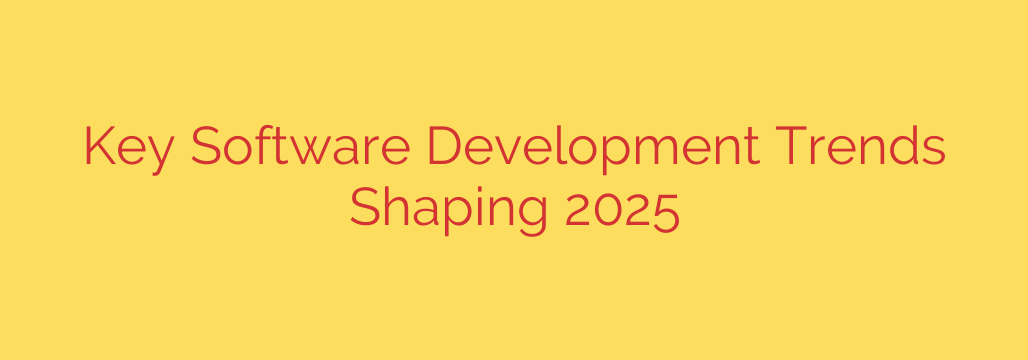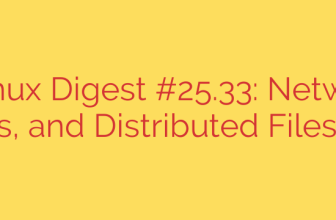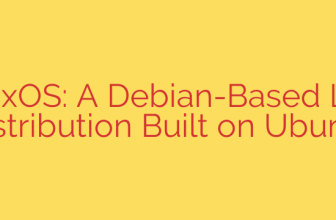
The landscape of software development is constantly evolving, driven by innovation and changing demands. As we look towards 2025, several pivotal trends are set to redefine how applications are built, deployed, and maintained. Staying ahead in this dynamic field requires understanding these shifts and adapting strategies accordingly.
One major force continues to be Artificial Intelligence (AI) and Machine Learning (ML). Their integration is moving beyond niche applications to become core components of software, powering everything from intelligent automation and predictive analytics to personalized user experiences and enhanced security features. Developers are increasingly leveraging AI/ML models and platforms, making these technologies fundamental tools rather than optional additions.
The shift towards Cloud-Native Architectures remains paramount. This involves building applications specifically for cloud environments, utilizing services like containers (Docker, Kubernetes), microservices, and serverless functions. This approach promotes scalability, resilience, faster deployment cycles, and greater flexibility compared to traditional monolithic designs. Expect continued growth in adopting cloud-native practices and the underlying infrastructure.
Low-Code and No-Code Platforms are gaining significant traction. These tools democratize software creation, allowing individuals with minimal coding expertise to build functional applications rapidly. While not replacing traditional coding for complex systems, they accelerate development for specific use cases, particularly in business process automation and internal tools, freeing up experienced developers for more intricate tasks.
Cybersecurity is no longer an afterthought but an integrated part of the development lifecycle. The principle of Security-by-Design is essential, embedding security measures from the initial planning stages through development and deployment. With increasing cyber threats, robust security practices, secure coding standards, and continuous vulnerability testing will be non-negotiable requirements for all software projects.
Furthermore, the focus on Developer Experience (DevEx) is growing. Tools and processes that streamline workflows, improve collaboration, and reduce friction for developers are becoming crucial. This includes enhanced CI/CD pipelines, better observability tools, and platforms that simplify managing complex cloud-native environments. A positive DevEx leads to higher productivity, faster innovation, and better software quality.
Finally, Edge Computing continues its expansion, driven by the need for lower latency and localized data processing. As more devices generate data at the network edge, software needs to be designed to process information closer to the source rather than relying solely on centralized cloud data centers. This trend is particularly relevant for IoT applications, real-time analytics, and scenarios requiring immediate responses.
Navigating the future of software development means embracing these key trends. By focusing on AI/ML integration, cloud-native approaches, leveraging low/no-code tools appropriately, prioritizing security, enhancing DevEx, and preparing for the growth of edge computing, development teams can build robust, efficient, and future-ready software solutions.
Source: https://www.datacenters.com/news/top-software-development-trends-to-watch-in-2025








